The GSX-R1100 fostered the culture of touring even in the racer position!
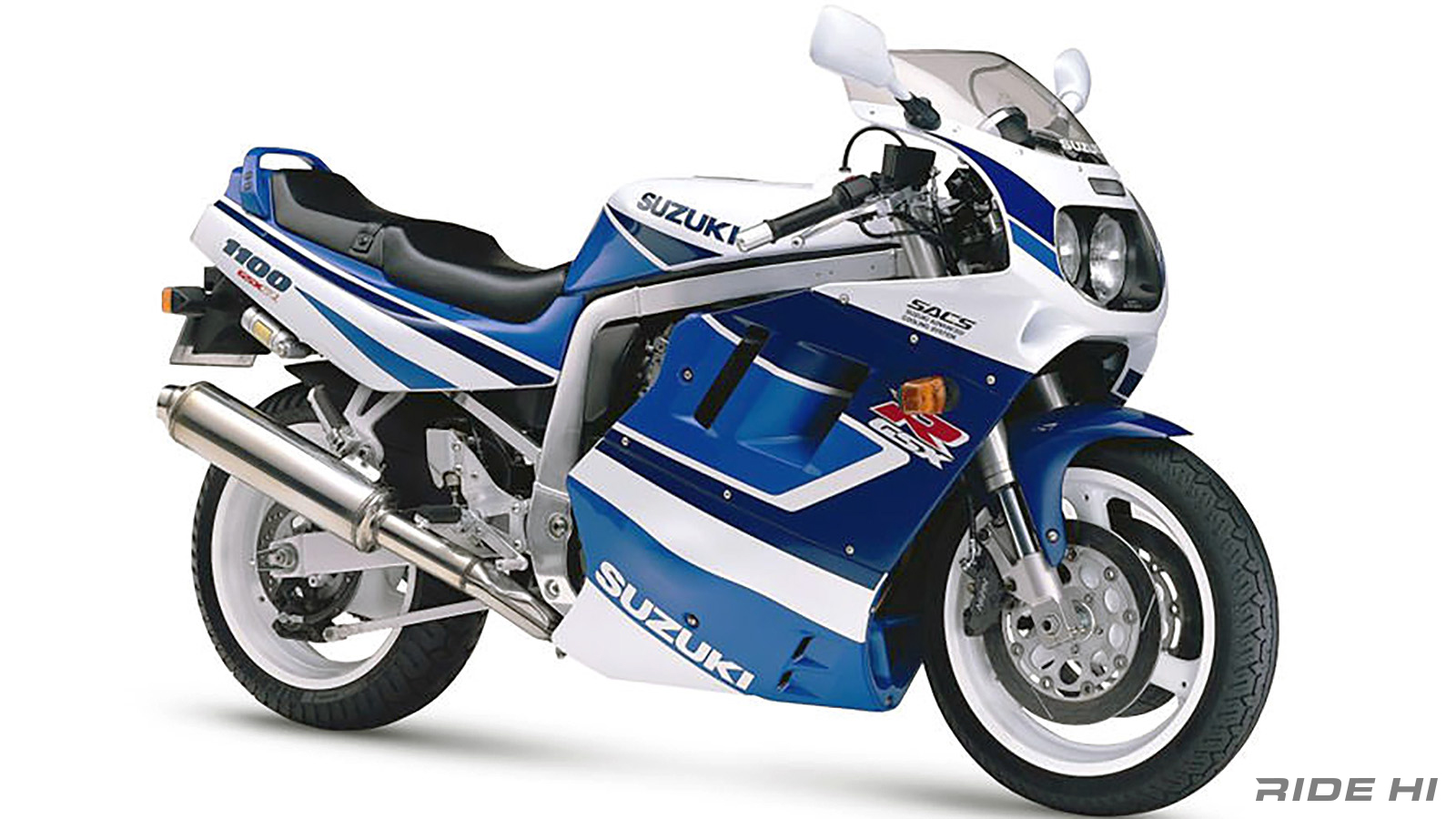
In 1985, the GSX-R750 supersport motorcycle was released, featuring a new generation oil-cooled engine and an ultra-lightweight aluminum double cradle that aimed to be the fastest on the circuit.
European fans were thrilled by this production motorcycle, which looked exactly like the scenes from the popular 24 Hours of Le Mans and 24 Hours of Bol d'Or endurance races, where Suzuki fielded its works machines at the time.
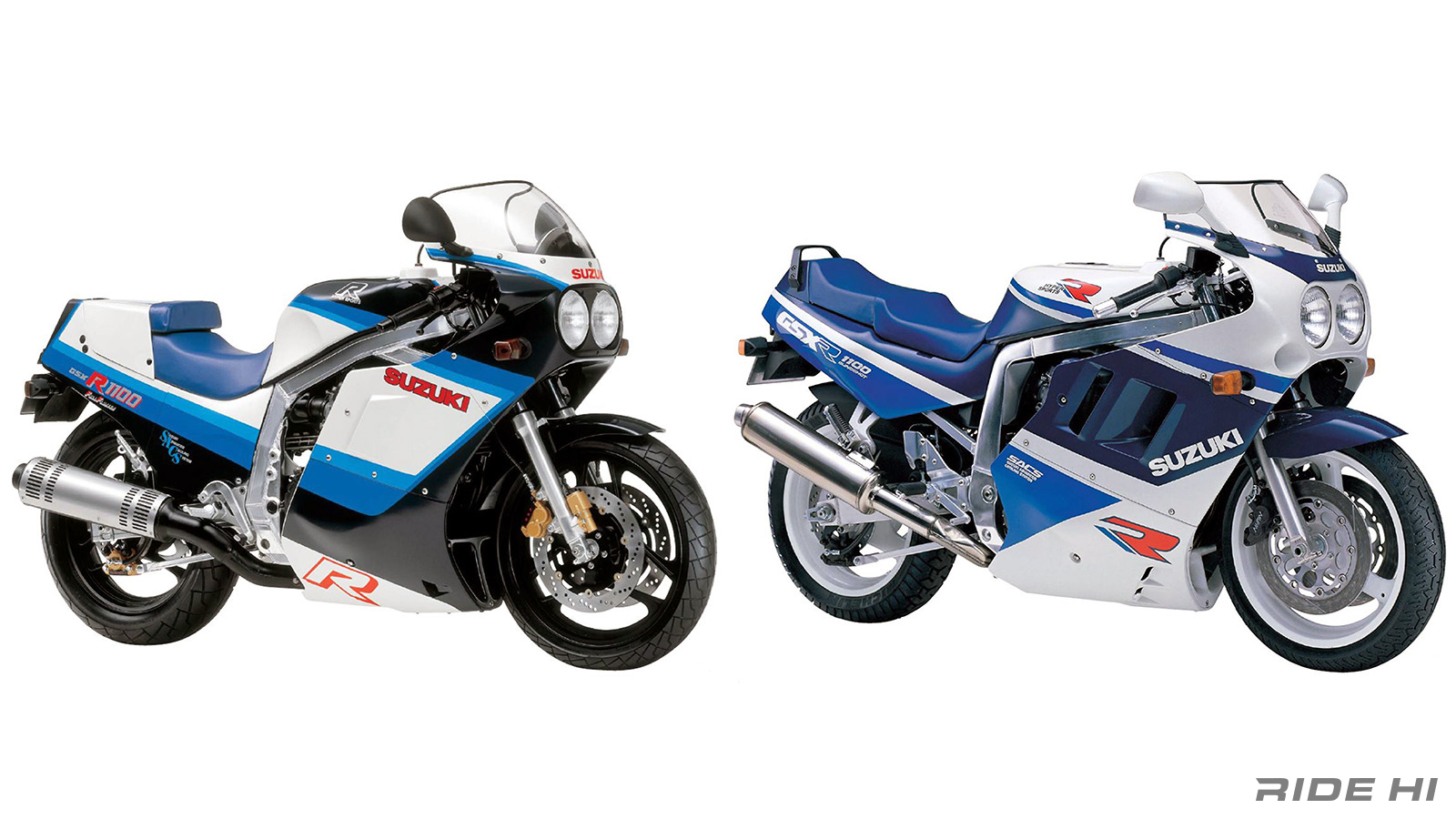
However, the very next year, an 1100cc version with the same form was released.
With a maximum output of 130PS from 1,052cc, the lightweight aluminium frame weighing just 197kg could reach a speed of over 270km/h, do 0-400m in 10.2 seconds, and have an unconventional power-to-weight ratio of 1.51kg/PS.
The GSX-R1100 touted to be the fastest in the world. Speaking of fastest machines, the only one with an imposing flagship form and separate handlebars that lean forward like a racing machine is the Honda CB1100R... but even that wasn't as deeply leaned forward.
However, European riders enjoyed touring on this racy motorcycle.
Due to such strong sales, in 1989 the GSX-R750 underwent a complete body revamp, while the GSX-R1100's engine displacement was increased, solidifying its position as an even more powerful super touring sports motorcycle.
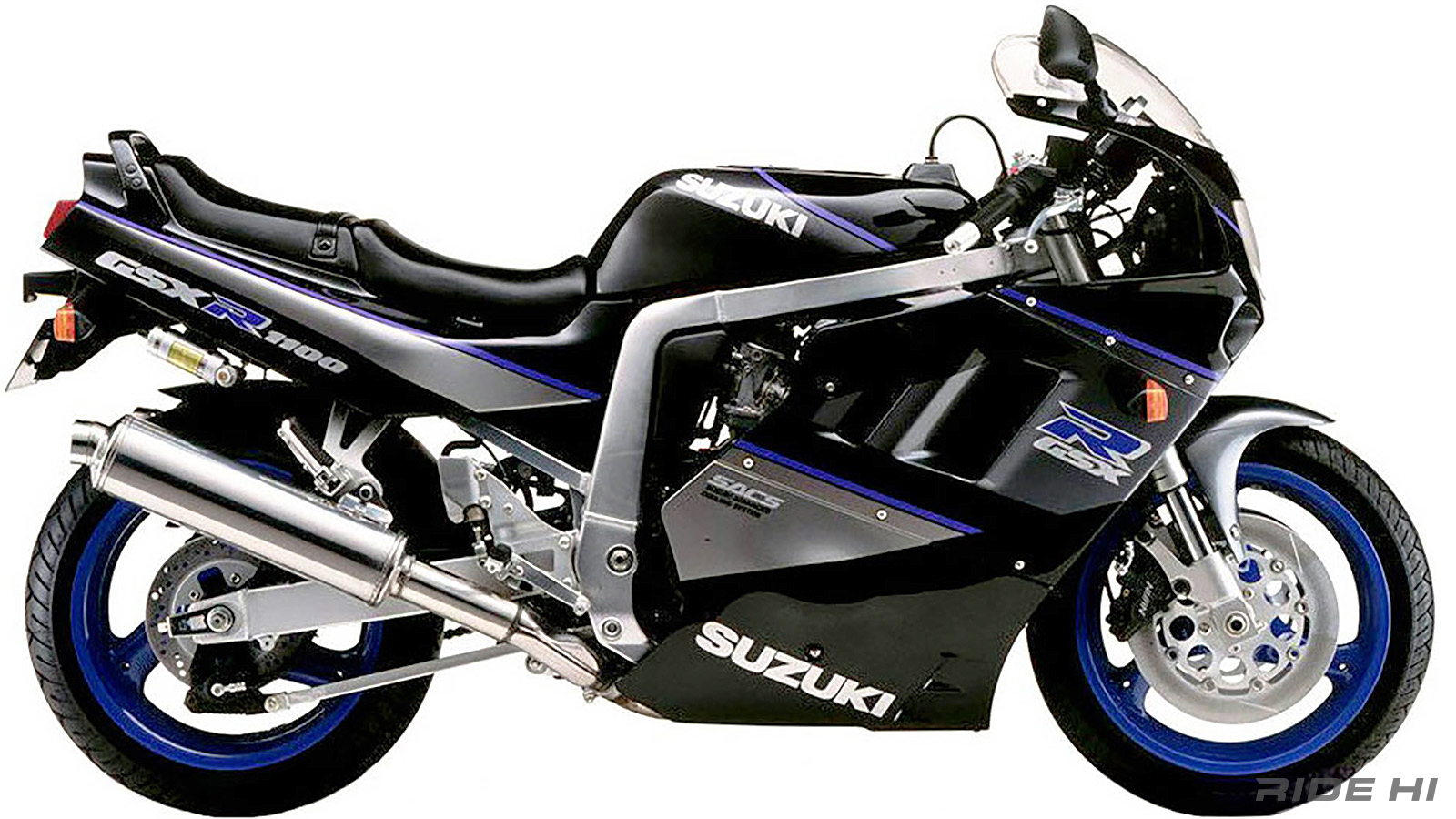
Then in 1990, inverted forks were adopted, and the following year, 1991, a minor change was made with a slanted cowling and a covered headlight.
The bore and stroke were 78.0mm x 59.0mm, making it 1,127cc, the carburetor was enlarged from 36mm to 40mm, and the valve drive was changed to a one cam, one rocker configuration to reduce inertia by 5%, resulting in a power increase of 143ps/10,000rpm and 11.0kgm/7,500rpm.
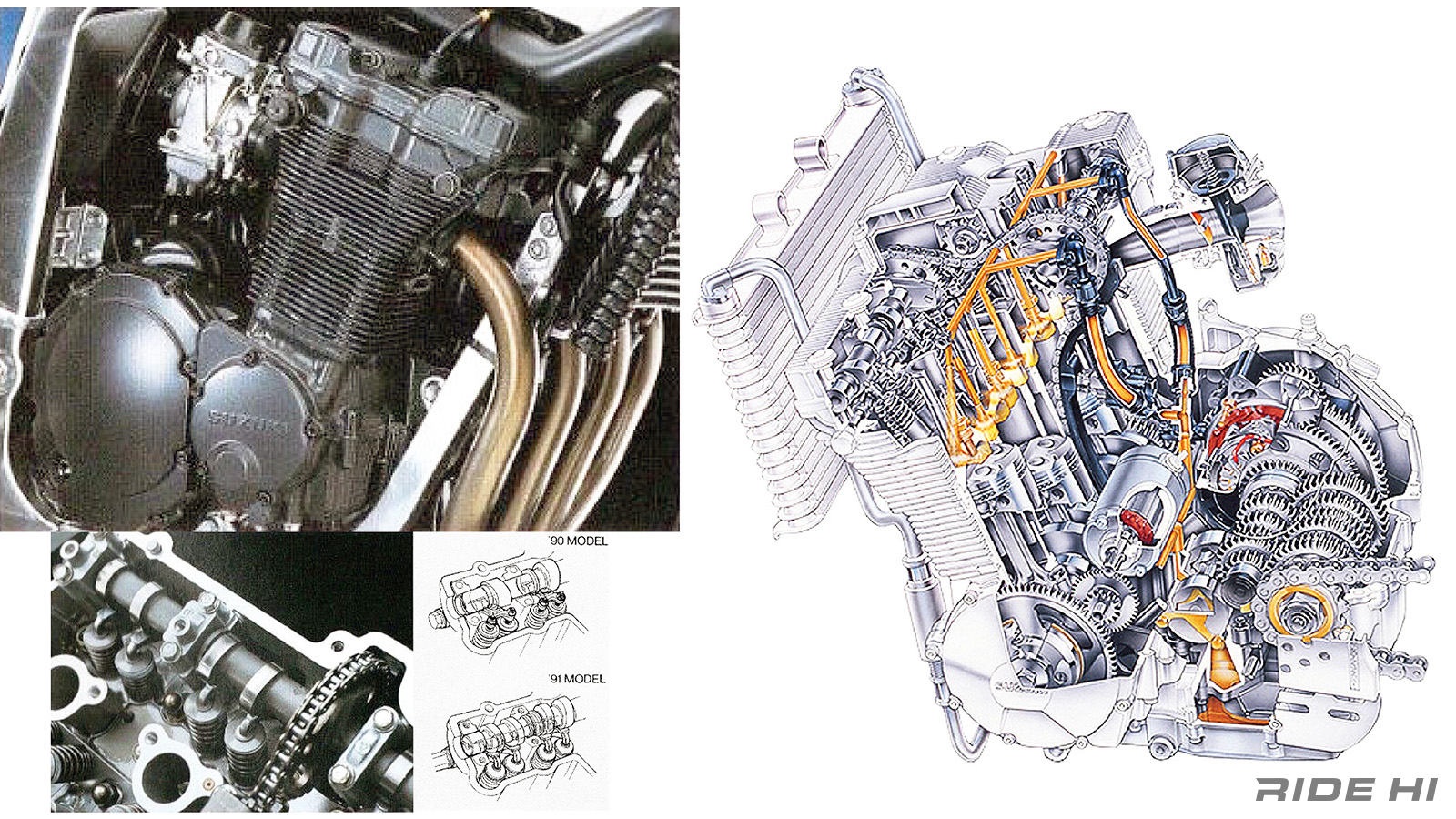
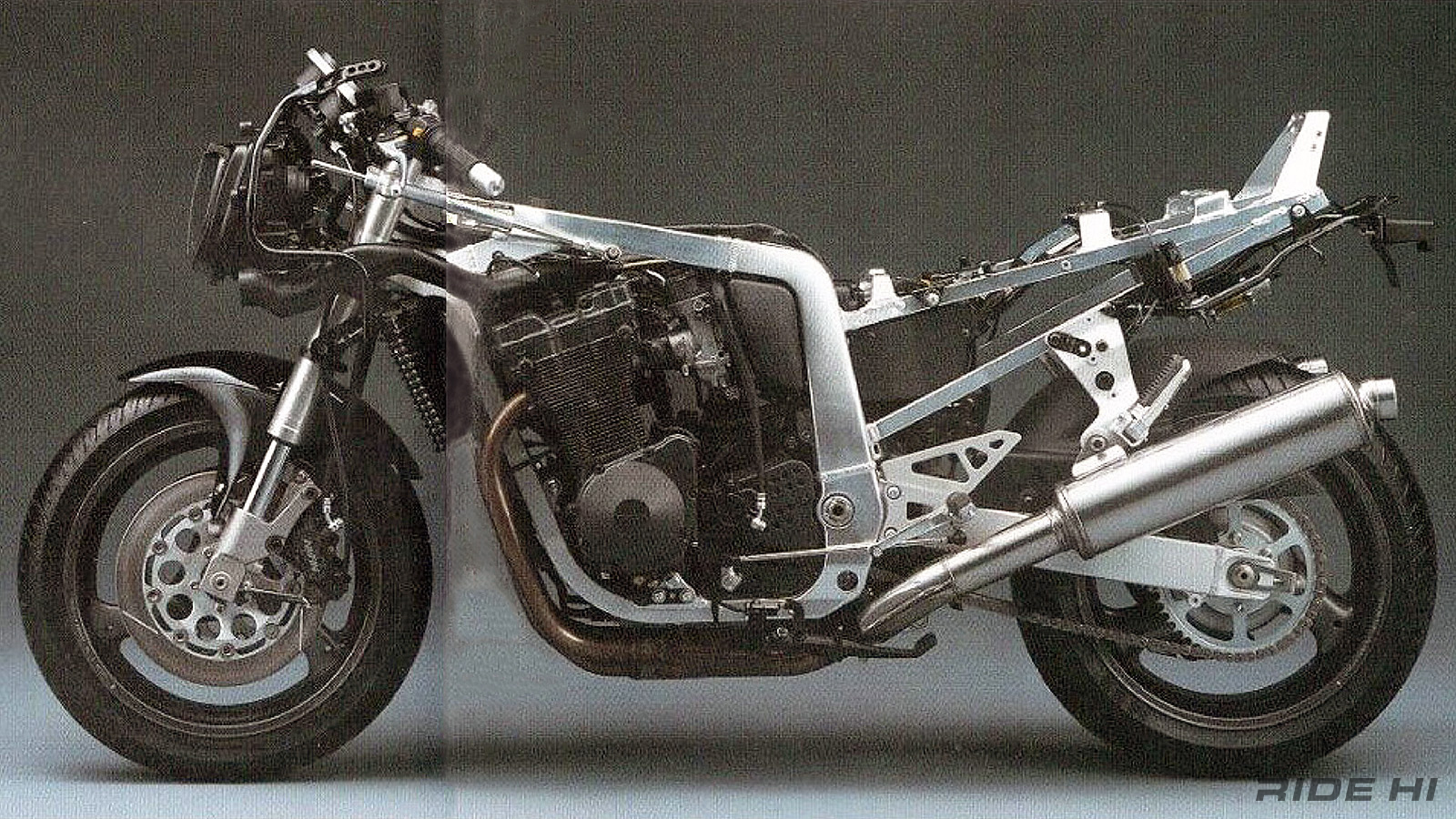
The frame is basically unchanged, and the wheelbase, caster, trail, and other alignments remain exactly the same.
However, the front wheel size has been narrowed by one size from 130 to 120, which has changed the nuance of the front end from a solid and stable feel to one that allows you to enjoy tracing cornering, like the excellent handling inherited from the GSX-R750.
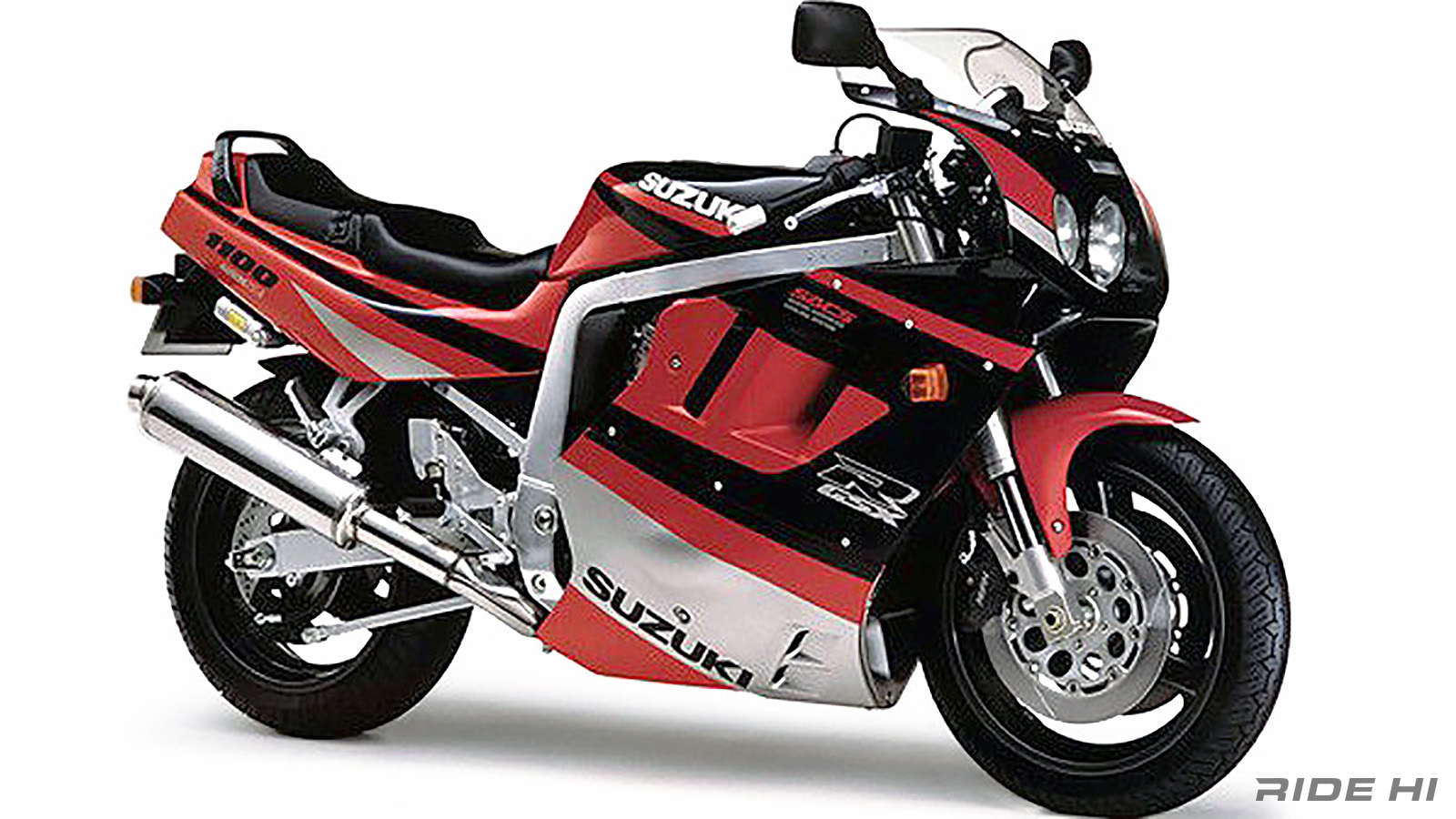
The handlebars are mounted on the top bridge, and in fact the position of a super touring sports motorcycle is less tilted forward than it looks, so the number of Suzuki fans is steadily increasing, and a virtuous cycle has been created in which Suzuki's user-friendly attitude, which adds improvements to ease of use in every detail of the year models, has doubled the success of the motorcycle.
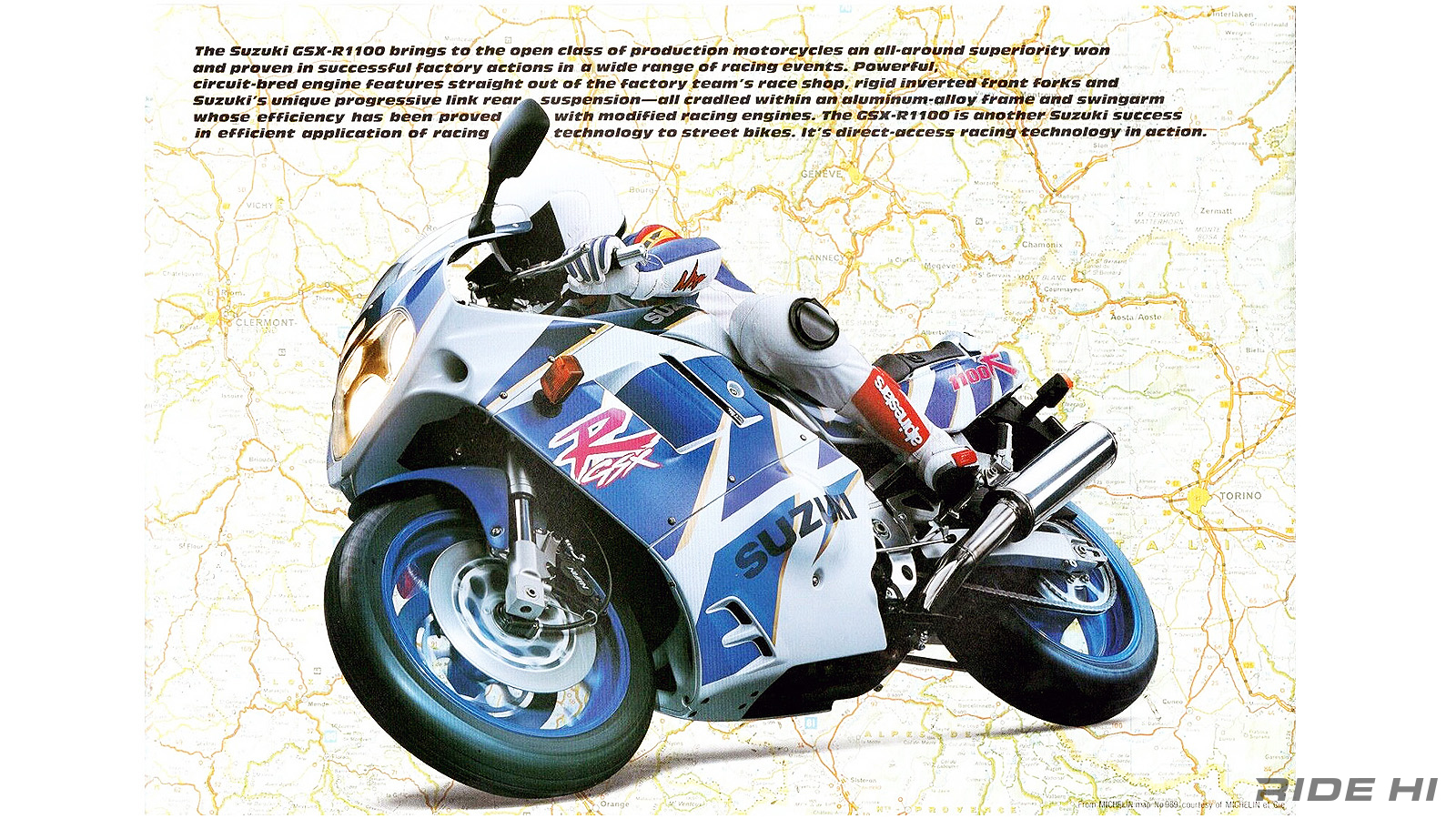
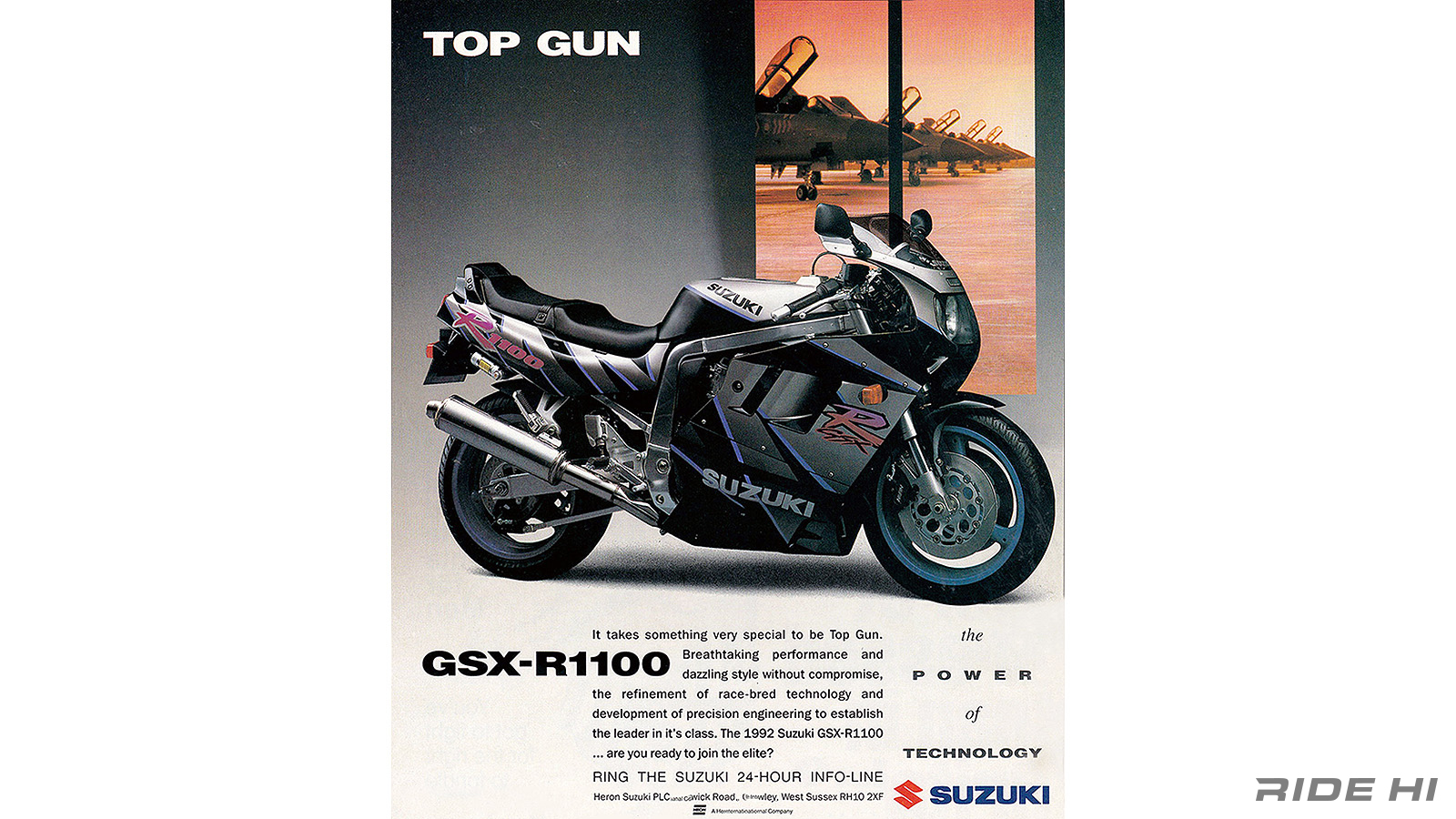
However, the 1992 model was the last to feature "oil cooling," and in 1993 it was replaced by water cooling.
The "oil cooling" system, which was put into practical use on the GSX-R750 in 1985, has an oil pump inside the engine for cooling in addition to the one for lubrication, and is a unique cooling method that sprays oil at high pressure onto the outer wall of the combustion chamber dome.
Unlike coolant, engine oil can reach temperatures of over 100°C. You may not realize that spraying such hot oil is actually effective for cooling.
However, this is called the thermal boundary layer, and the principle is that it blows away the high temperature on the surface of the outer wall of the combustion chamber and removes heat. For example, when it's cold, gently blowing on your hand will warm it up, but blowing more forcefully with breath of the same body temperature on it will cool it down. This is because the layer of air on the surface of your hand that has been warmed by body heat can be cooled by blowing it away with force.
Suzuki had managed to embody this advanced mechanism, which had previously only been used in reciprocating fighter planes and air-cooled racing motorcycle engines, in a compact two-wheeler engine.
It was a new generation of motorcycles that were refined and perfected, with a more aerodynamic cowling, front and rear suspension upgraded to race machine levels, a round oil cooler, a new carburetor, and even hollow wheels. However, it was destined to disappear once the heat it generated and the myth of it began to fade.
In Europe, many riders look back with nostalgia for the scenes of forward-leaning replicas with heavy luggage and tandems swarming international circuits around the country, a scene that once took the world by storm.
It was truly one of the motorcycles that created an era.
See SUZUKI Moto Index Page
See SUZUKI GSX-R1100 Parts & Accessories Page



